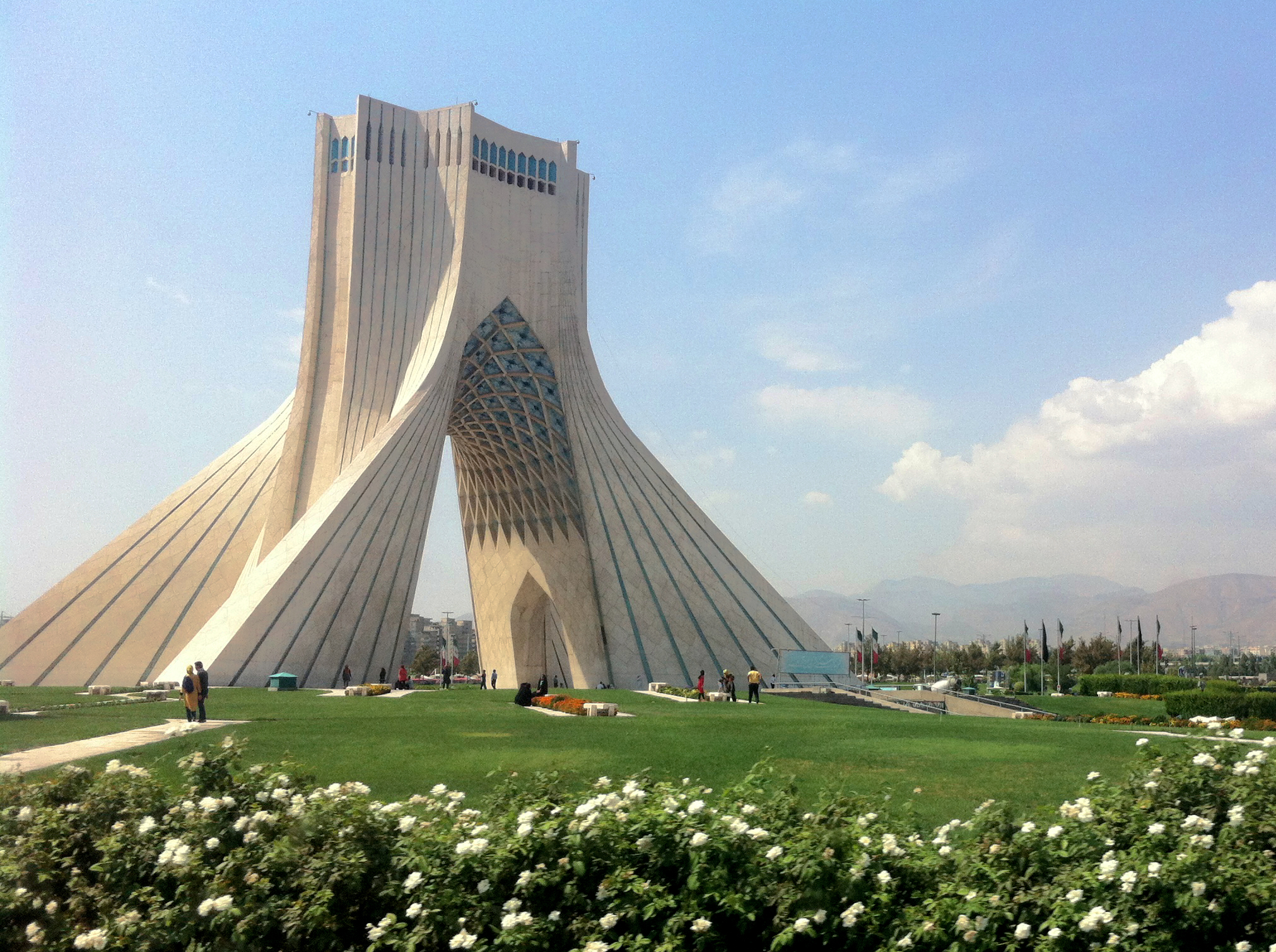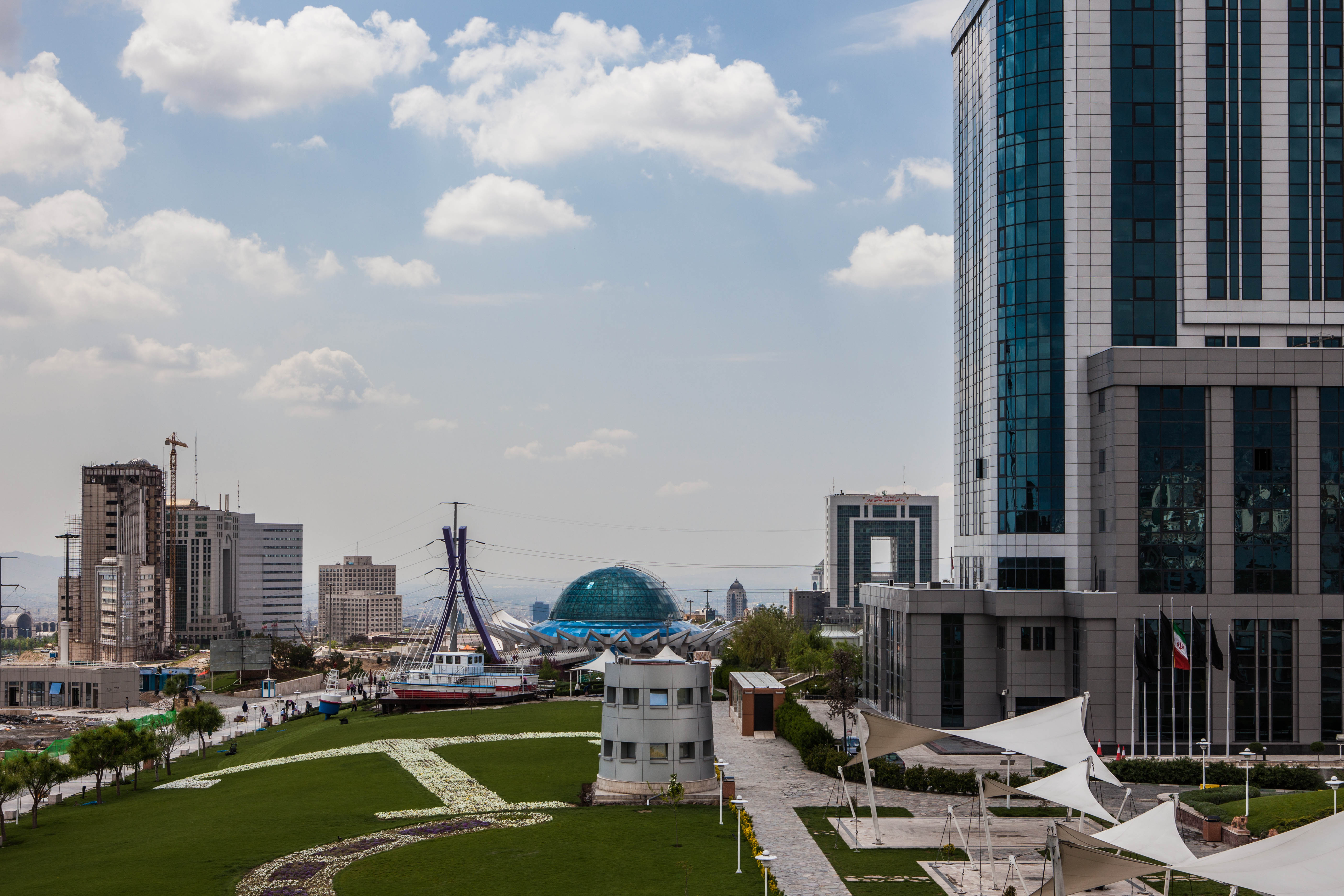Iranian Kabab: A Complete Guide
on January 3, 2016
By: dreamofIran
Iran is the land of Kababs but Iranian cuisine is much more diverse, complicated and difficult to be made than that. Located in the Middle East, Iranian cuisine has both influenced and been influenced by its Western and Eastern neighbors. Perhaps, the modern Iranian style of cooking includes a wide variety of foods, a combination of Mesopotamian, Anatolian, Central Asian, Russian, Armenian and the ancient Iranian recipes, finely blended together as one of the most delicious cuisines in the world.In Iran, fresh herbs, pomegranates, dried plums and prunes, raisins, apricots and saffron are generously consumed in the process of cooking, giving the food a delicate and moderate flavor which is not too spicy, too sour, too sweet or too salty.
Chelow Kabab which is relatively simpler than the other recipes, is considered Iran’s national dish and served throughout Iran today, though was traditionally associated with the northern part of the country. Chelow Kabab is steamed, saffroned Iranian rice and kabab, of which there are several distinct varieties.
Kabab Koobideh: Koobideh is the Iran’s signature Kebab and the most famous of them all. It is made from ground lamb, beef or chicken mixed with chopped onions. Koobideh refers to the style that meat was prepared, originally placed on a flat stone (precisely a black flat stone) and was smashed by wooden mallet.
 Kabab Koobideh
Joojeh Kabab:
Kabab Koobideh
Joojeh Kabab: Joujeh Kabab is barbecued chicken with olive oil, tomatoes and saffron.
 Joojeh Kabab
Kabab Barg:
Joojeh Kabab
Kabab Barg: Barg is in fact barbecued lamb, chicken or beef kebab dish. The main ingredients of Kabab-e Barg are fillets of beef tenderloin, lamb shank, onions, safron, olive oil and mild spices.
 Kabab Barg
Shishlik or Shish Kebab:
Kabab Barg
Shishlik or Shish Kebab: Shishlik meaning skewered meat is originally made of lamb and popular in many countries. In Iran, it is grilled meat with bones, previously marinated in onion, olive oil and saffron.
 Shishlik served at Shandiz restaurant | Mashhad
Kabab Torsh:
Shishlik served at Shandiz restaurant | Mashhad
Kabab Torsh: Kabab torsh is a traditional kebab from Gilan province in Iran. It is made with beef – usually sirloin or tenderloin – marinated in a paste made of crushed walnuts, pomegranate juice or paste, chopped parsley, olive oil, and crushed garlic.
 Kabab Torsh
Kabab Soltani:
Kabab Torsh
Kabab Soltani: The combination of one Kabab Barg and one Kabab Koobideh is typically called
soltānī, meaning King’s (meal).
Kabab Torki: Kabab Torki aka Turkish Kabab is same Doner Kabab and Shawarma in other countries. In Iran it is served in big pita breads with stir fried veggies.
 Kabab Torki
Kabab Bolghari:
Kabab Torki
Kabab Bolghari: Kabab bakhtiari is a combination of jujeh kabab and kabab barg in a decussate form.
 Kabab Bakhtiari
Kabab Bakhtiari





























